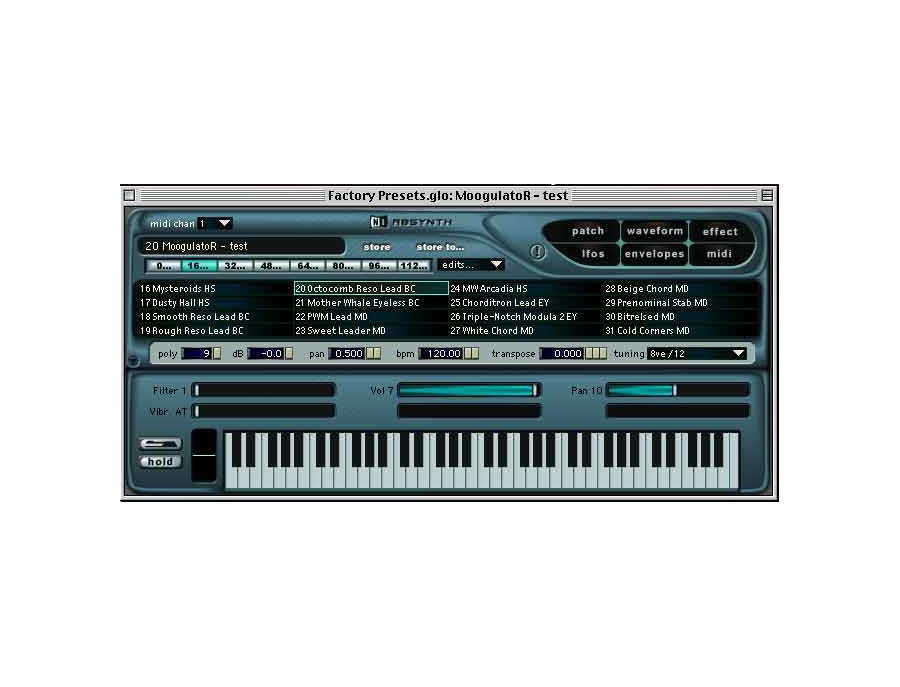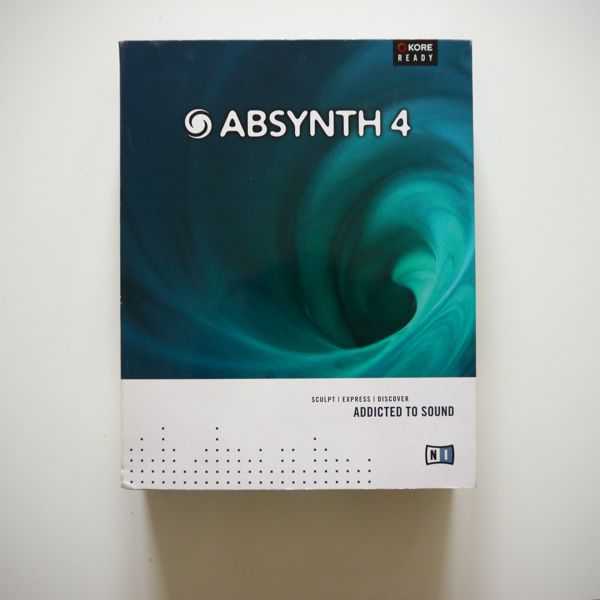


It is found on both dry and moist sites but usually in well-drained soils. Volatile emissions from the leaves prevented wheat germination in one study. Also, absinth wormwood is allelopathic, inhibiting the growth of other plants. The pollen is a source of allergy and asthma problems. Habitat and impactĪbsinth wormwood causes economic losses in Washington State and elsewhere by reducing available forage in native and managed rangelands and pastures, tainting the milk of cattle that graze it, and contaminating grain.
Absynth us skin#
On the good side, because of its toxic qualities, absinth wormwood works to deter insects and, reportedly, the leaves can be rubbed on the skin for an effective insect repellant. Absinthe is banned from use in several countries and has been shown to disrupt the nervous system and may cause death when consumed in large enough quantities. coastal wormwood (Artemisia suksdorfii) (external link)Īlthough extracts of this plant are used in preparing the beverage absinthe, the plant is poisonous and no part of the plant should be ingested.white sagebrush ( Artemisia ludoviciana) (external link).field sagewort ( Artemisia campestris) (external link).biennial wormwood ( Artemisia biennis) (external link).mugwort or common wormwood ( Artemisia vulgaris) (external link).Look-alikes to absinth wormwood also found in western Washington:.Lower stems and base of plant are often woody.Flowers are small, yellowish, disc-shaped, nodding, and arranged in a leafy, spike like panicle at the top of the stems.Leaves are olive-green above, white below, covered with silky gray hairs, one to five inches long, divided one to two times and deeply lobed.Plants are three to five feet tall, up to two feet wide.Grows in clusters of several upright stems from one large woody taproot.May appear greener and less hairy in moist or shady sites.Stems and leaves are usually covered with silky gray hairs, especially when young.Strong unpleasant odor, similar to sage but not as nice.Identification (see below for additional photos) For more information, see Noxious weed lists and laws. It is selected for required control by the King County Noxious Weed Control Board and is on the list of Regulated Class C Noxious Weeds in King County. Absinth wormwood is a Class C Noxious Weed in Washington, first listed in 1988. Public and private landowners are required to control infestations of absinth wormwood on their property in King County, Washington. Once this plant gets established in a pasture or range area, it is very difficult to remove and can have significant impacts on the quality of forage for wildlife and livestock. However, it is regularly re-introduced from eastern Washington by way of the highways and could potentially become a much bigger problem in King County. It can be found throughout Washington State, although it is most common east of the Cascades.Ībsinth wormwood is mostly limited in distribution in King County to highway shoulders, a few county roads, and railroad rights-of-way. Absinth wormwood is established across the United States and Canada. Most common on dry, open waste areas or overgrazed rangeland, but also present along roads and in pastures.

It is in the composite family but is most recognizable by its lacy, olive-green foliage covered with fine grey hairs. Absinth wormwood ( Artemisia absinthium) is a semi-woody, clump-forming perennial, native to parts of Europe and Asia, that resembles sage brush in appearance and odor.


 0 kommentar(er)
0 kommentar(er)
